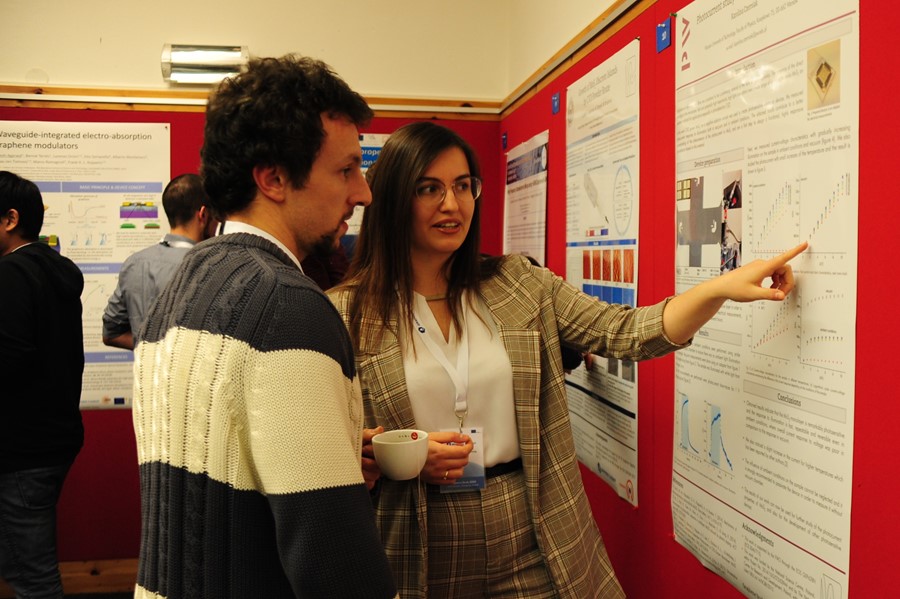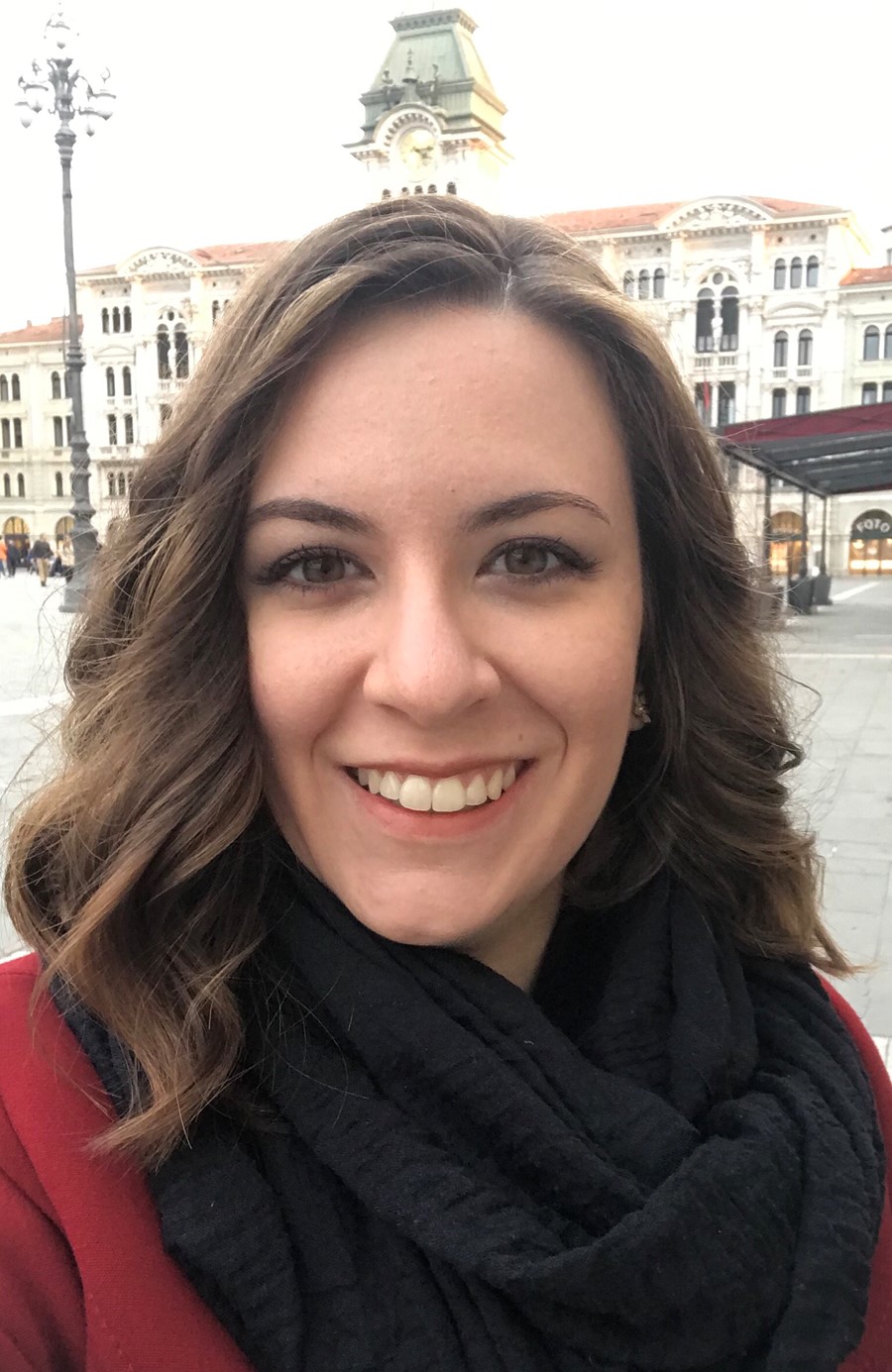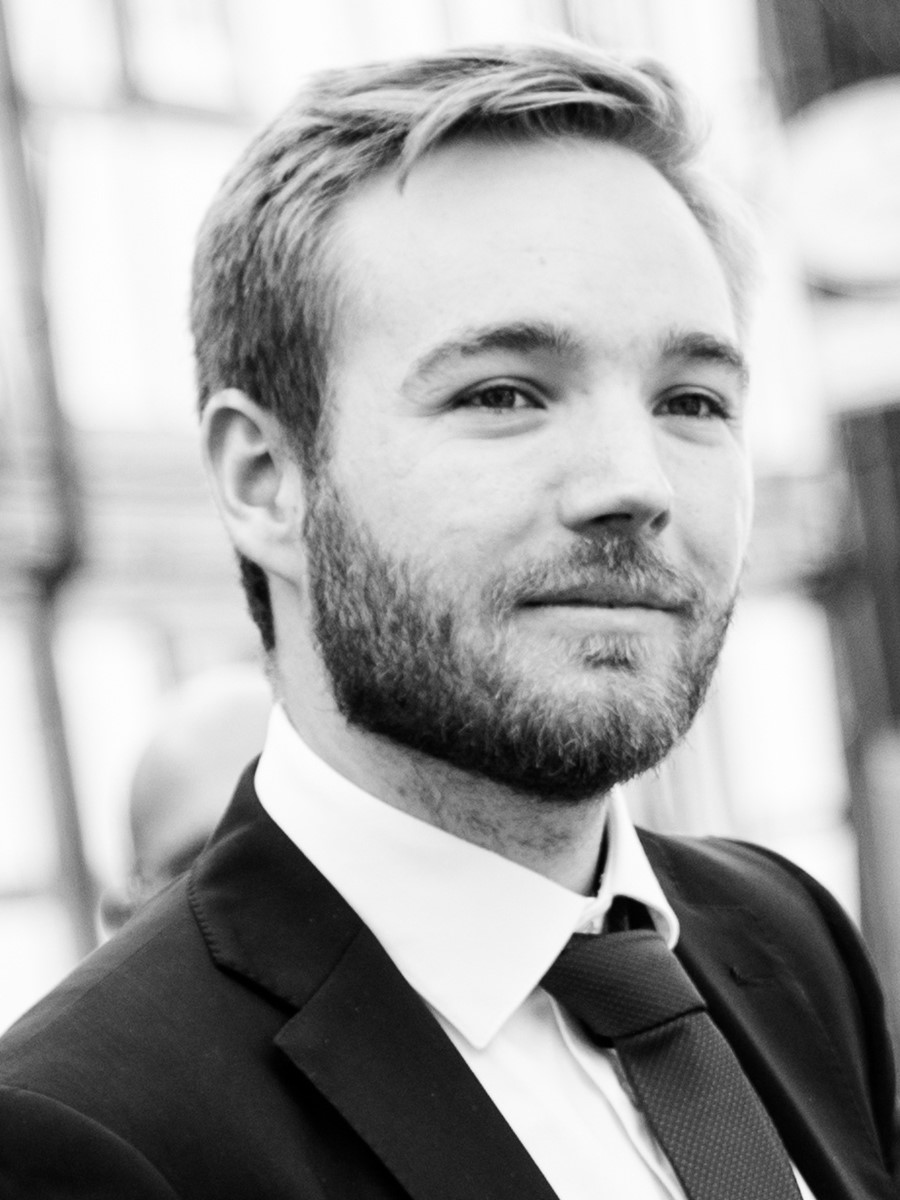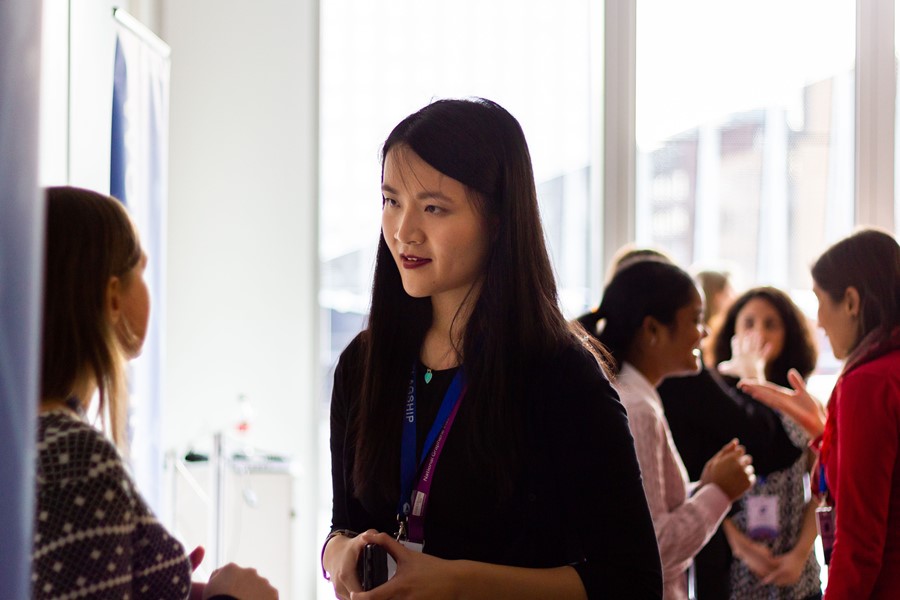The future of graphene – Part I
The Graphene Flagship has long been committed to investing in young, talented scientists to assist in the research and development of graphene and related materials. We interviewed early career researchers from the Graphene Flagship's Core partners, AMs and PPs about their time collaborating with the project and their expectations ahead of Graphene Week 2019.
Where will you be in 2030? The Graphene Technology and Innovation Roadmap predicts that graphene-enabled on-chip optical data, spin-logic devices and mind-blowing 6G networks will all be in development — and who knows what other innovations could emerge by then. That said, none of this will be possible without the minds and efforts of those at the forefront of graphene research, including our network of early career researchers.
Arianna Gazzi is a Ph.D student in nanotechnology at the University of Trieste (Italy) in the framework of the Graphene Flagship Partnering Project G-IMMUNOMICS. She is researching on a harmonised cutting-edge method for the classification of nanomaterials based on their immunological responses and intrinsic immune properties. "Graphene-based materials have recently attracted great interest for an ever-increasing number of applications ranging from nanoelectronics to biomedicine. Their use for biomedical applications intends to revolutionize the ordinary medical approach by introducing for instance new theranostic protocols, in order to obtain increasingly personalized and targeted therapies for the treatment of diseases. The availability of nanotools endowed with intrinsic and well characterized immune properties which can either activate the immune response or by-pass the immune-suppression mechanisms will be a step forward also in the context of cancer therapy and tissue engineering", explains Gazzi. "I am sure that Graphene Week 2019 is the best place to breathe the new trends and potentialities of graphene." She intends to attend the several sessions planned for early career researchers (scientific writing, start-up creation, patents, funding). "If there is one thing I have learned this first year of Ph.D, is that the researcher's job does not< only and exclusively involves conducting experiments, but also managing data, presenting them correctly and in a complete way. It is important to learn how to write properly a scientific article, or a project, because it is the key to value a good result and get a better one".
Arne Quellmalz is fascinated by the great potential of 2D materials in optics and photonics, "starting from first commercial attempts in telecommunication these days to early-stage research in quantum photonics". He is a Ph.D student at the Graphene Flagship Associated Member KTH Royal Institute of Technology (Sweden). Quellmalz´s poster will focus on the new transfer method they have discovered at the ULISSES project to develop an integrated optical gas sensor which monitors air quality in mobile devices. "We are bringing 2D materials to conventional semiconductor fabrication lines to accelerate future developments in electronics and sensing. Our method avoids manual handling of released layers and is without the need for carrier polymers which eliminates a source of contamination on the surface of the 2D material", explains Quellmalz. He also sees the GW2019 as a good opportunity to "connect with people from other research institutions that will enlarge my professional network and create fruitful collaboration in the future".
Bonnie Tsim was introduced to the Graphene Flagship by her supervisor, Professor Vladimir Falko, who leads the Enabling Materials Work Package. Bonnie's research looks at the electronic properties of twisted graphene heterostructures from a theoretical point of view, and she works alongside experimentalists at the University of Manchester. "This is my first year at Graphene Week, but I have been to other events organised by the Graphene Flagship. Graphene Study in Obergurgl, Austria, earlier this year, was a fun and academically intense study week — and there were plenty of opportunities to learn about the state-of-the-art research in the field," Bonnie says. She is excited to attend the funding session, and is particularly interested in the "Master your Elevator Pitch" Workshop run by Jane Bennett-Powell. "I think that eloquently describing your research to different audiences is an important transferrable skill, so I am looking forward to learning more about it," she continues. To Bonnie, the most exciting area of graphene research is theranostics, and she looks forward to further pursuing this field of research at an overseas institution or company.
Read the second part of this article
Notes
The support of the SCOPE project to the Graphene Flagship Partnering Division. The SCOPE project, funded by the European Commission, is providing support to institutions and researchers involved in Graphene Flagship's Partnering Projects and Associated Membersby granting several types of grants to help them integrate with the Graphene Flagship Core partners. Communication of research results is also offered via news articles and dissemination in social media. The Graphene Flagship Partnering Division is also supported by the SCOPE travel grants that make possible the attendance of their members to the governance meetings of the Graphene Flagship. Fostering the mutual benefits of the PPs, AMs and the Graphene Flagship, Partnering Projects (PPs) and Associated Members (AMs) are research and innovation projects funded by regional, national, European and other sources (e.g., private industry). The concept of a PP was introduced by the EC to define the principles by which research teams or organisations, which are not part of the Graphene Flagship consortium, can be integrated by providing flexible and efficient mechanisms to perform research and innovation activities, which are in line with the overall Graphene Flagship objectives and be of mutual benefit to all parties. Being part of the partnering environment bring research collaborations in areas of mutual interest and engagement in roadmapping, among other benefits.
Contacts
Partnering Division and grants: graphene-eu@esf.org
Communication support: scope_project@fecyt.es

The Graphene Flagship has long been committed to investing in young, talented scientists to assist in the research and development of graphene and related materials. We interviewed early career researchers from the Graphene Flagship's Core partners, AMs and PPs about their time collaborating with the project and their expectations ahead of Graphene Week 2019.

Arianna Gazzi is a Ph.D student in nanotechnology at the University of Trieste (Italy) in the framework of the Graphene Flagship Partnering Project G-IMMUNOMICS.

Arne Quellmalz is fascinated by the great potential of 2D materials in optics and photonics. He is a Ph.D student at the Graphene Flagship Associated Member KTH Royal Institute of Technology (Sweden).

Bonnie Tsim looks at the electronic properties of twisted graphene heterostructures from a theoretical point of view, and she works alongside experimentalists at the University of Manchester.




